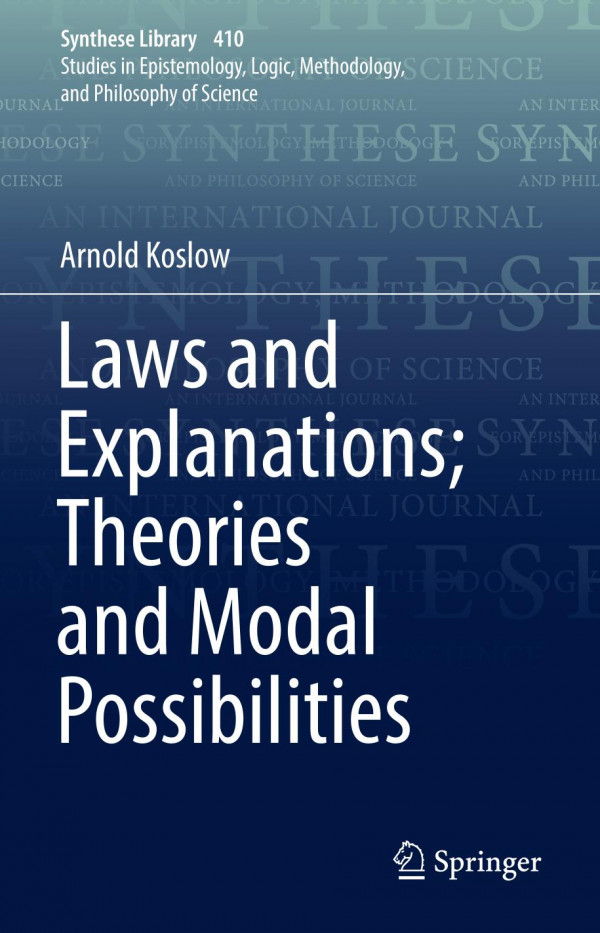

Most ebook files are in PDF format, so you can easily read them using various software such as Foxit Reader or directly on the Google Chrome browser.
Some ebook files are released by publishers in other formats such as .awz, .mobi, .epub, .fb2, etc. You may need to install specific software to read these formats on mobile/PC, such as Calibre.
Please read the tutorial at this link: https://ebookbell.com/faq
We offer FREE conversion to the popular formats you request; however, this may take some time. Therefore, right after payment, please email us, and we will try to provide the service as quickly as possible.
For some exceptional file formats or broken links (if any), please refrain from opening any disputes. Instead, email us first, and we will try to assist within a maximum of 6 hours.
EbookBell Team

0.0
0 reviewsThe book has two parts: In the first, after a review of some seminal classical accounts of laws and explanations, a new account is proposed for distinguishing between laws and accidental generalizations (LAG). Among the new consequences of this proposal it is proved that any explanation of a contingent generalization shows that the generalization is not accidental. The second part involves physical theories, their modality, and their explanatory power. In particular, it is shown that (1) Each theory has a theoretical implication structure associated with it, such that there are new physical modal operators on these structures and also special modal entities that are in these structures. A special subset of the physical modals, the nomic modals are associated with the laws of theories. (2) The familiar idea that theories always explain laws by deduction of them has to be seriously modified in light of the fact that there are a host of physical theories (including for example, Newtonian Classical mechanics, Hamiltonian, and Lagrangian theory, and probability theory) that we believe are schematic (they do not have any truth value). Nevertheless, we think that there is a kind of non-deductive explanation and generality that they achieve by subsumtion under a schema.